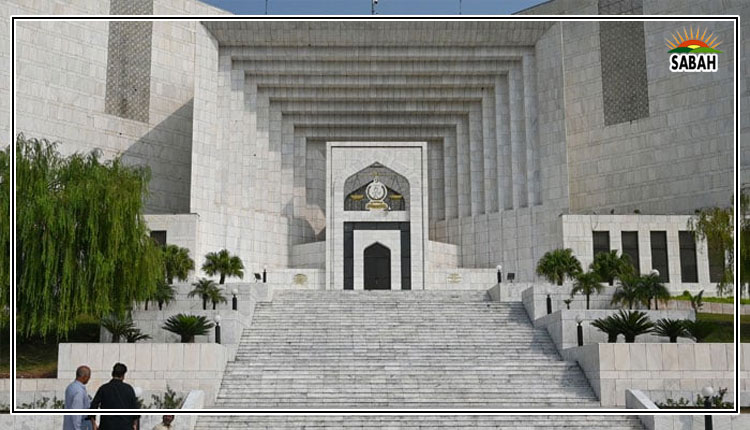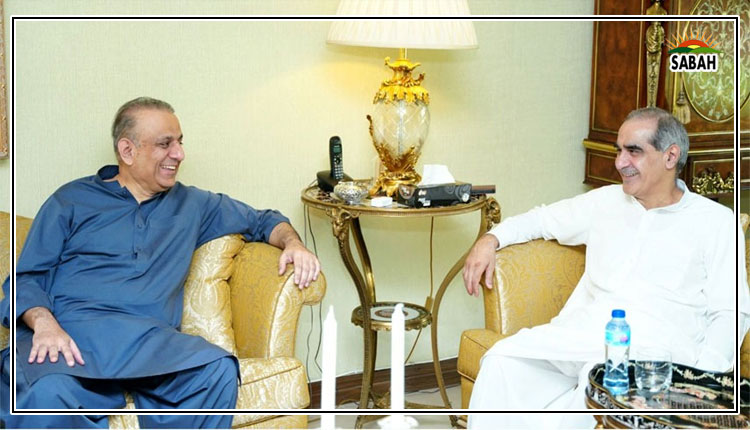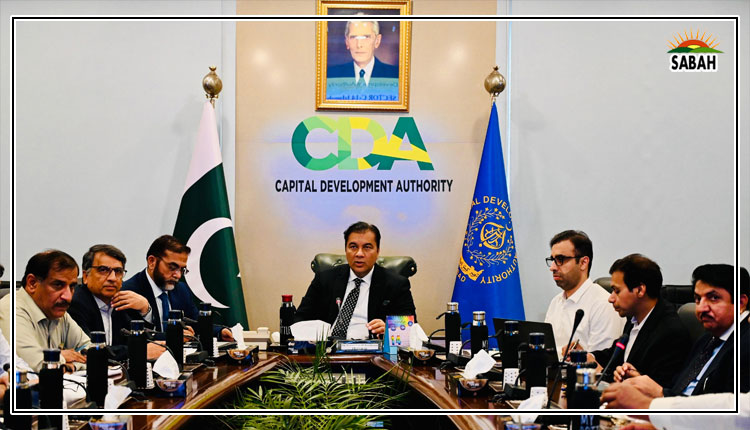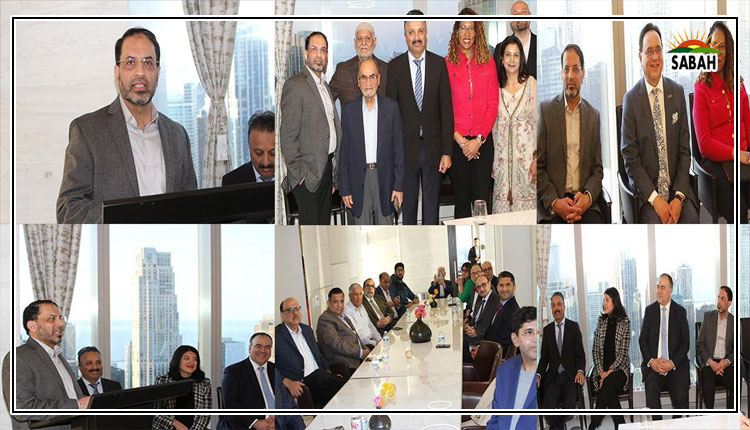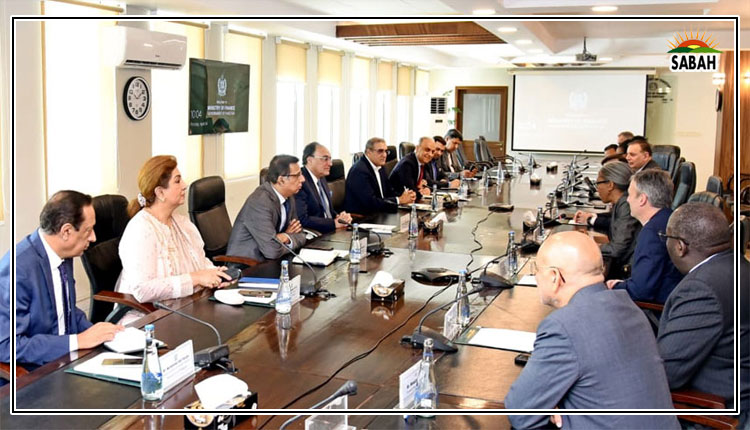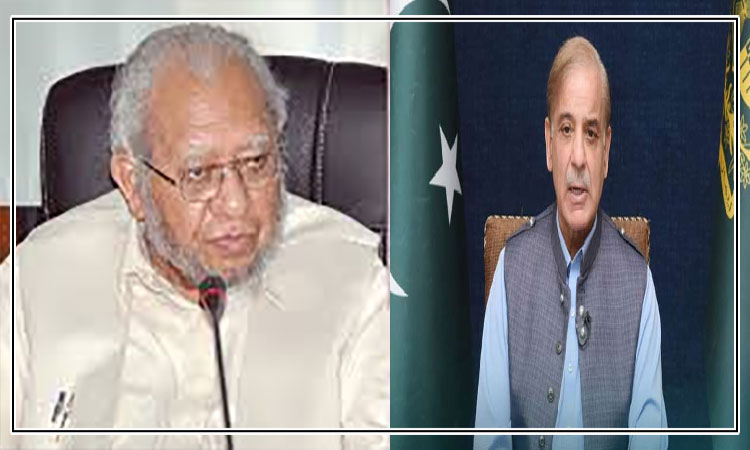The people’s distrust …. Arifa Noor
MUCH has been predicted on TV this past week about the dark fate awaiting the PTI. There was a lot of finger-wagging as those in the know made dire predictions about Imran Khan not being acceptable (been there); the party not being given its reserved seats (done that) and also being banned (here we go again).
This may make for repetitive television, but the party’s real challenge is different; in order to understand it, one should pay attention to KP. Here the party enjoys unprecedented popularity. But it now faces growing pressure of the workers, who are said to be getting impatient. After all, the party’s support base withstood months of suppression to stand victorious in an election.
But it has little to show for this victory. For months now, there have been whispers that the party’s rank and file is getting worked up — over kidnappings and disappearances still taking place in Punjab, with at least one reported case in KP; over Imran Khan’s incarceration; and over the KP government’s inability to hold accountable officials who had spent months and weeks before the elections hounding the PTI. (The incident in which party workers nearly attacked Omar Ayub the day the iddat case verdict was announced, and Khan and his wife were not released is a case in point.)
Such is the pressure that it is repeatedly mentioned that Khan is not happy with his chief minister because he has been unable to institute a commission to look into May 9. More serious still, rumours have begun of how the chief minister won the election and made it to the province’s hot spot not only because he was Khan’s choice but also the establishment’s.
For months now, there have been whispers that PTI’s rank and file is getting worked up.
As time passes and the provincial government is unable to cater to the people’s interests, these rumours will not just undermine his authority, they might make him unpopular with the party base. This will create problems for the party. To some extent, this was at display during the Bannu incident.
Once the protest by the people ended in violence, the initial reaction from the provincial government was vague and anodyne. First Barrister Saif, an aide to the chief minister, announced a committee followed by a commission to determine what happened. After this came a two-page statement from the provincial home department, which seemed to have all the facts at its disposal and that laid out the events of July 19. Whether these facts were determined by the committee or the commission is hard to tell from the press release, which says a formal inquiry will be held.
According to this press release, on July 19 some “miscreants” pelted stones and “set ablaze the tents” and “resorted to Small Arms fire”, because of which the “Police … endeavoured… to take them out of the sensitive area”. Then we are told, “during this melee, 01 individuals [sic]regrettably lost his life”.
But the matter didn’t end here, for late at night on the same day, the chief minister issued a video statement, which is about as clear as the Jan 13 Supreme Court judgement on PTI’s symbol. Its interpretation, like beauty, might lie in the eye of the beholder.
The chief minister spoke of how he had told the police to not spare those armed people who pretended to be associated with sarkariidaaray. He added that he, his police and the ordinary people had reservations about these ‘elements’ or armed people.
Interestingly enough, the jirga (comprising those who were protesting in Bannu), which was to meet the chief minister on Monday, released its set of demands. The list is rather long so I will reproduce the first few demands. The first rejects Operation Azm-i-Istehkam; the second asks that centres established by ‘good and bad Taliban’ should cease to exist; the third asks that police be allowed to patrol at night.
Suffice it to say the video statement seems to be a bid to appease the people, who continue to believe that good and bad Taliban exist, though few believe the police will be able to do all that the chief minister ordered.
But I digress. The point I wanted to make was that the chief minister and his government face the same problem in KP that the PML-N faces in Punjab and at the centre. Staying in power means not going against the powers that be. This lack of space eventually pushes a wedge between the political parties in power and the people; the distance between the latter and the state is growing wider by the day.
Indeed, the grip of the establishment is so tight that there is little left for parties to govern or to decide on. And those left to wear the crown of thorns are accused of being pliant, or worse, puppets. This is true of Shehbaz Sharif at the centre and it is also being said of Ali Amin Gandapur in Peshawar.
Another way of explaining this is to rewind to the PTI decision to dissolve the Punjab and KP assemblies. Even though the party itself accepts that it was a mistake, it is noteworthy its leadership had said more than once before the dissolution that it enjoyed little power then. But had it not done so, chances are it would have lost credibility with the voters who would have been angry at the party for being too willing to enjoy power, perks and privileges while failing to deliver anything to the people. The reason for its performance on Feb 8 was because it was out of power.
This is not to say the party should resign again and go home, but to point out that the state needs to heed this crisis of distrust. It has to provide space to the political parties, allow them to act independently and take steps to address the people’s concerns. Otherwise, all the political parties will either become irrelevant or be forced to take an anti-state position. Both paths lead to more political instability and violence. The choice is for the state — and less so, the parties — to make.
The writer is a journalist.
Courtesy Dawn, July 23rd, 2024


